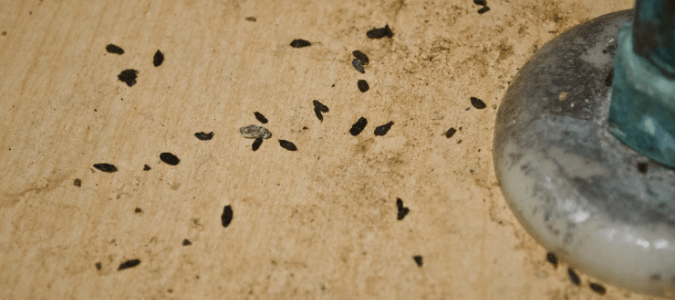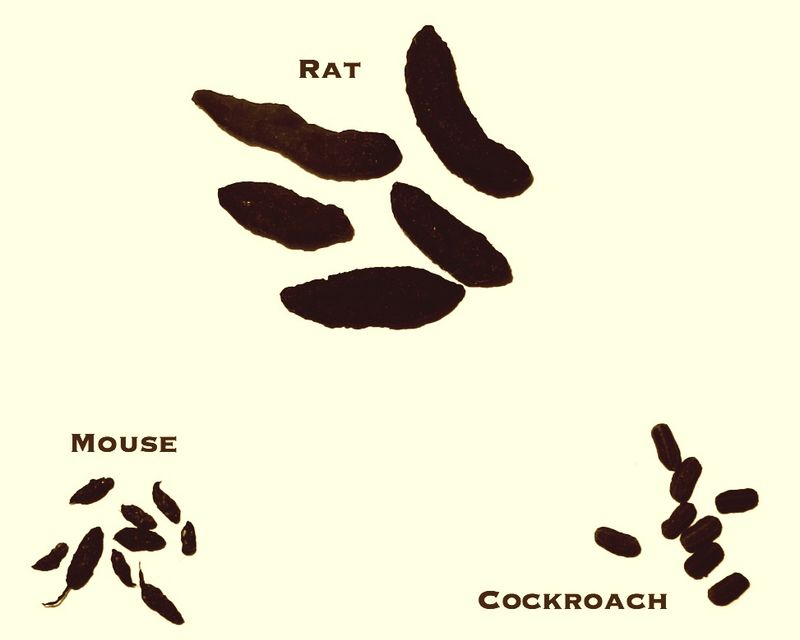If you've noticed mouse droppings in your kitchen sink, it's important to act quickly to prevent any potential health hazards. The good news is that with the right tools and techniques, you can effectively clean and remove mouse droppings from your kitchen sink. Here's a step-by-step guide on how to clean mouse droppings in your kitchen sink. Step 1: Protect Yourself The first thing to do before cleaning mouse droppings is to protect yourself. Mouse droppings can carry harmful bacteria and diseases, so it's important to wear gloves and a mask while cleaning. Also, make sure to wash your hands thoroughly after handling any mouse droppings. Step 2: Gather Your Supplies Before you start cleaning, make sure you have all the necessary supplies on hand. This includes gloves, a mask, paper towels, disinfectant cleaner, and a garbage bag. Step 3: Wipe Up the Droppings Using a paper towel, carefully wipe up the mouse droppings from your kitchen sink. Make sure to dispose of the paper towel in a sealed garbage bag immediately after use. Step 4: Disinfect the Area Once you've removed the droppings, it's important to disinfect the area to kill any remaining bacteria. Use a disinfectant cleaner and a fresh paper towel to thoroughly clean the sink and surrounding area. Step 5: Rinse with Hot Water After disinfecting, rinse the sink and surrounding area with hot water to remove any remaining cleaner or bacteria. Step 6: Dispose of the Gloves and Mask Remove your gloves and mask and dispose of them in the garbage bag. Wash your hands thoroughly with soap and warm water. Step 7: Prevent Future Infestations To prevent mouse droppings from reappearing in your kitchen sink, it's important to seal off any entry points where mice can enter. Look for gaps or cracks around pipes and drains and seal them with steel wool or caulk.How to Clean Mouse Droppings in Your Kitchen Sink
While cleaning up the mouse droppings is a crucial step, it's also important to get rid of any remaining mice in your home. Here are some effective ways to get rid of mouse droppings in your kitchen sink. Use Traps One of the most common and effective ways to get rid of mice is by using traps. There are several types of traps available, such as snap traps, glue traps, and live traps. Make sure to place them in areas where you've seen mouse droppings, including your kitchen sink. Try Natural Repellents Another way to get rid of mice is by using natural repellents, such as peppermint oil, cayenne pepper, or mothballs. These scents are known to repel mice and can be placed around your kitchen sink and other areas where you've seen mouse droppings. Call a Professional Exterminator If your mouse infestation is severe, it may be best to call a professional exterminator. They have the expertise and tools to effectively eliminate mice from your home and prevent future infestations.How to Get Rid of Mouse Droppings in Your Kitchen Sink
The best way to deal with mouse droppings in your kitchen sink is to prevent them from happening in the first place. Here are some tips to prevent mouse droppings in your kitchen sink. Keep Your Kitchen Clean Mice are attracted to food and water sources, so keeping your kitchen clean and free of crumbs and spills can help prevent mice from entering your home. Make sure to clean your kitchen sink regularly and wipe down countertops and floors. Seal Off Entry Points As mentioned earlier, sealing off entry points is crucial in preventing mice from entering your home. Make sure to check for any gaps or cracks around pipes and drains and seal them off with steel wool or caulk. Set Up a Barrier You can also set up a physical barrier to prevent mice from entering your kitchen sink. This can include placing mesh screens over drains and keeping windows and doors closed.Preventing Mouse Droppings in Your Kitchen Sink
Aside from the obvious sign of mouse droppings in your kitchen sink, there are other signs that may indicate a mouse infestation. These include: Scratching or Squeaking Noises Mice are active creatures and can often be heard scratching or squeaking behind walls or in cabinets. Chewed or Damaged Food Packages Mice will often chew through food packages to access food sources, so be on the lookout for any damaged packaging in your pantry or cabinets. Nesting Materials Mice will use any soft materials they can find to build their nests, including paper, fabric, and insulation. If you notice any shredded materials in your kitchen, it may be a sign of a mouse infestation.Signs of Mouse Infestation in Your Kitchen Sink
While mouse droppings may seem harmless, they can actually pose serious health risks. Here are some of the health risks associated with mouse droppings in your kitchen sink. Spread of Diseases Mouse droppings can carry harmful bacteria and diseases, such as salmonella and hantavirus, which can cause serious illness in humans. Allergies and Asthma The dust from dried mouse droppings can trigger allergies and asthma symptoms in some individuals. Secondary Infestations If left untreated, a mouse infestation can lead to secondary infestations of other pests, such as fleas and ticks, which can also carry diseases.Health Risks of Mouse Droppings in Your Kitchen Sink
If you prefer to tackle the mouse droppings removal process on your own, here are some DIY methods you can try. Baking Soda and Vinegar Mix equal parts baking soda and vinegar to create a paste. Apply the paste to the areas with mouse droppings and let it sit for a few minutes before wiping it away with a damp cloth. Bleach Solution Mix one part bleach with nine parts water and use a spray bottle to apply the solution to the affected areas. Let it sit for a few minutes before wiping it away with a damp cloth. Steam Cleaning You can also use a steam cleaner to effectively clean and disinfect your kitchen sink and surrounding areas.DIY Mouse Droppings Removal in Your Kitchen Sink
If you're dealing with a severe mouse infestation or are uncomfortable with cleaning mouse droppings on your own, it's best to leave it to the professionals. Here's what professional mouse droppings removal services can offer: Expertise and Experience Professional exterminators have the necessary expertise and experience to effectively remove mouse droppings and prevent future infestations. Safe and Effective Methods They use safe and effective methods to eliminate mice, ensuring the health and safety of you and your family. Guaranteed Results Professional mouse droppings removal services often come with a guarantee, so you can have peace of mind knowing the problem will be taken care of.Professional Mouse Droppings Removal Services for Your Kitchen Sink
One of the best ways to prevent mouse infestations in your kitchen sink is by sealing off any entry points. Here's how to do it. Inspect for Gaps and Cracks Thoroughly inspect your kitchen sink and surrounding areas for any gaps or cracks where mice can enter. Common entry points include gaps around pipes and drains, as well as holes in walls or cabinets. Seal with Steel Wool or Caulk Once you've identified the entry points, use steel wool or caulk to seal them off. Mice cannot chew through these materials, making them an effective barrier. Regularly Check for New Entry Points It's important to regularly check for new entry points, as mice can chew through materials and create new openings. Stay vigilant and seal off any new gaps or cracks as soon as possible.How to Seal Off Your Kitchen Sink to Prevent Mouse Infestation
While mouse droppings can be found in various places in your kitchen, here are some common areas to look for them: Kitchen Sink As mentioned earlier, mouse droppings in your kitchen sink are a clear sign of an infestation. Pantry and Cabinets Mice are attracted to food sources and will often leave droppings in your pantry and cabinets, especially near food packages or spilled crumbs. Under Appliances Mice can easily hide under appliances, such as your stove or refrigerator, and leave droppings behind.Common Places to Find Mouse Droppings in Your Kitchen Sink
It's important to be able to identify mouse droppings in your kitchen sink to properly deal with them. Here's what to look for when identifying mouse droppings. Size and Shape Mouse droppings are typically small, about the size of a grain of rice, and have a slightly curved shape. Color Fresh mouse droppings are dark brown, but they can turn gray or white as they age. Texture Mouse droppings have a smooth, shiny texture when fresh and become dry and crumbly as they age.How to Identify Mouse Droppings in Your Kitchen Sink
Why Mouse Droppings in the Kitchen Sink Can Be a Serious Issue in House Design
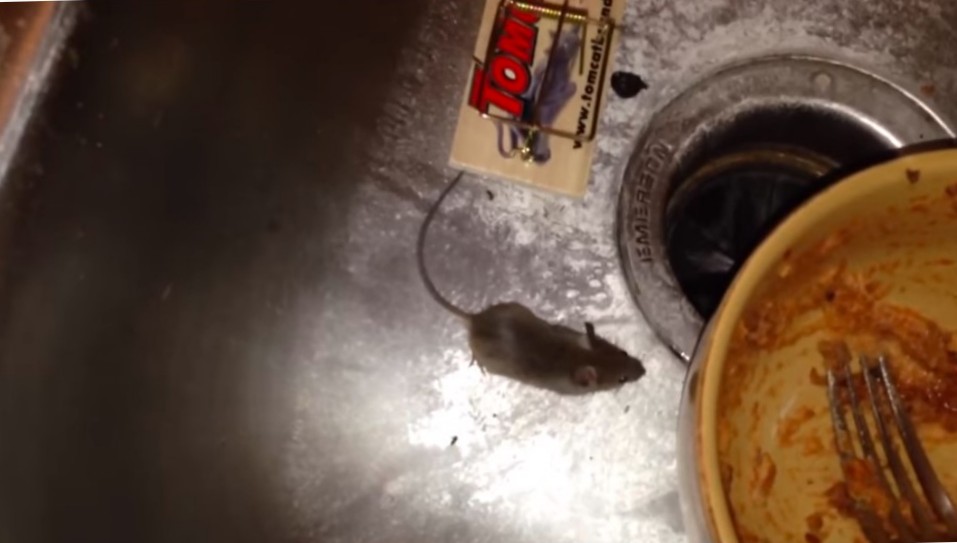
The Importance of Maintaining a Clean Kitchen
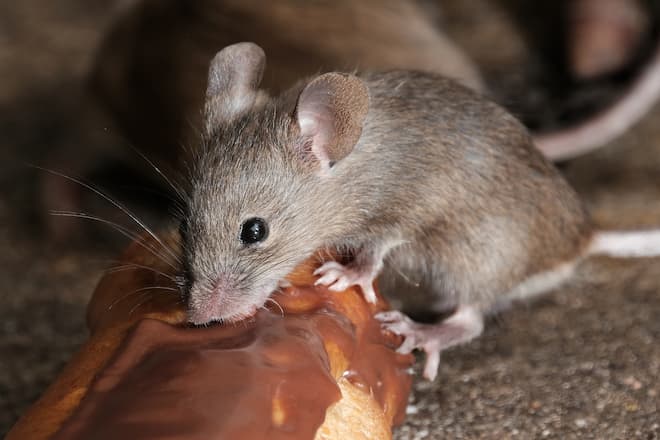 A clean and well-maintained kitchen is crucial for any house, as it is where food is prepared and cooked. However, finding
mouse droppings
in the kitchen sink can be alarming and concerning. Not only is it a sign of a possible rodent infestation, but it also poses health risks for you and your family. These droppings can carry harmful bacteria and viruses, which can contaminate your food and utensils. Therefore, it is important to address this issue immediately to maintain a safe and hygienic kitchen.
A clean and well-maintained kitchen is crucial for any house, as it is where food is prepared and cooked. However, finding
mouse droppings
in the kitchen sink can be alarming and concerning. Not only is it a sign of a possible rodent infestation, but it also poses health risks for you and your family. These droppings can carry harmful bacteria and viruses, which can contaminate your food and utensils. Therefore, it is important to address this issue immediately to maintain a safe and hygienic kitchen.
The Potential Causes of Mouse Droppings in the Kitchen Sink
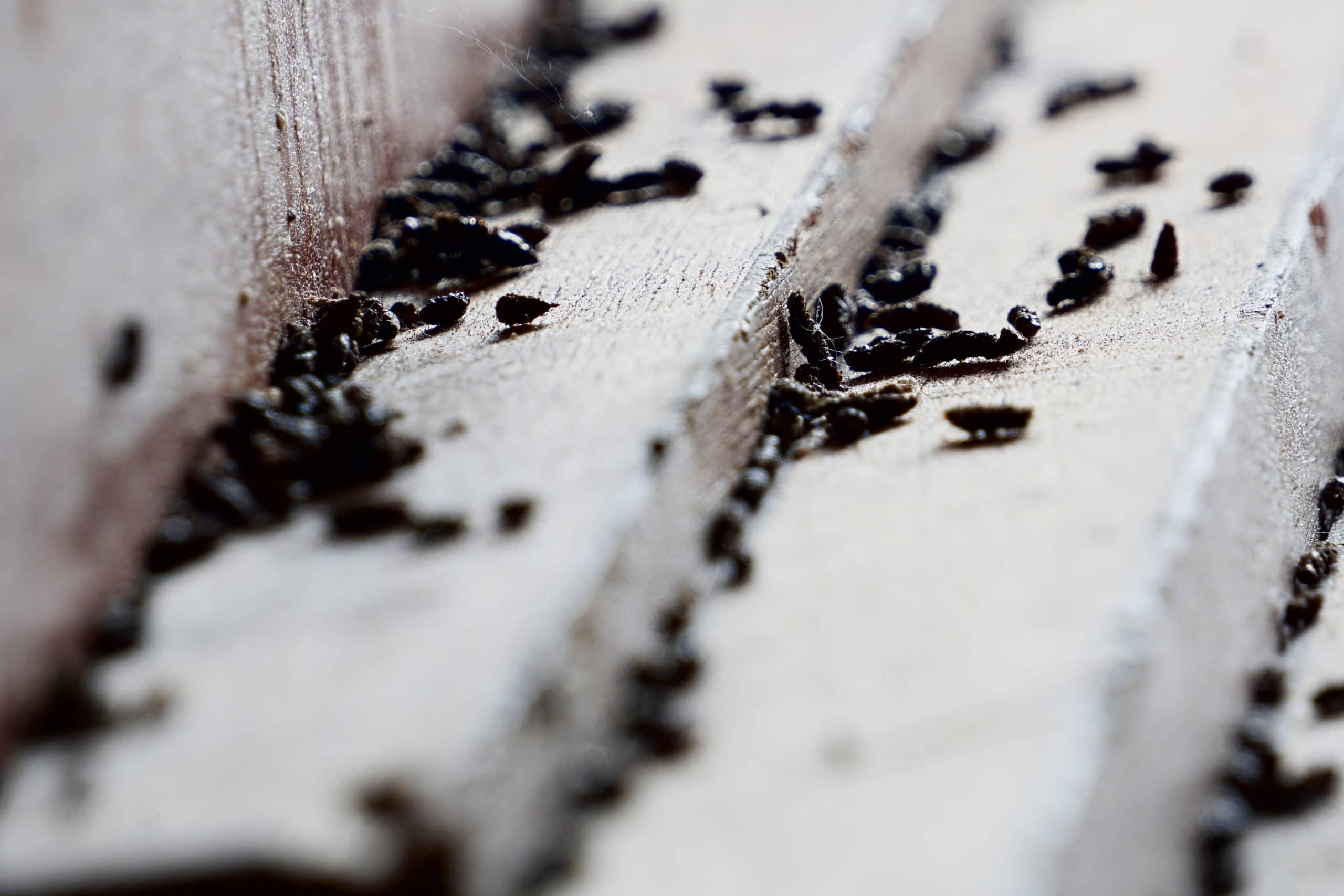 Mouse droppings
in the kitchen sink can be an indication of a larger problem. Rodents are attracted to food and water sources, and the kitchen sink provides both. If there are any leaks or standing water in the sink, it can attract mice and other pests. Additionally, if there are any cracks or holes in the walls or floors, it can serve as an entry point for these rodents. This is why it is important to regularly inspect and maintain your kitchen to prevent any possible infestations.
Mouse droppings
in the kitchen sink can be an indication of a larger problem. Rodents are attracted to food and water sources, and the kitchen sink provides both. If there are any leaks or standing water in the sink, it can attract mice and other pests. Additionally, if there are any cracks or holes in the walls or floors, it can serve as an entry point for these rodents. This is why it is important to regularly inspect and maintain your kitchen to prevent any possible infestations.
The Hazards of Ignoring Mouse Droppings in the Kitchen Sink
 Aside from the obvious health risks, ignoring
mouse droppings
in the kitchen sink can also lead to damage to your house. Mice are notorious for gnawing on wires, pipes, and other household items, which can cause structural damage and potential fire hazards. Moreover, if left unchecked, a small rodent problem can quickly escalate into a full-blown infestation, making it more difficult and expensive to eradicate.
Aside from the obvious health risks, ignoring
mouse droppings
in the kitchen sink can also lead to damage to your house. Mice are notorious for gnawing on wires, pipes, and other household items, which can cause structural damage and potential fire hazards. Moreover, if left unchecked, a small rodent problem can quickly escalate into a full-blown infestation, making it more difficult and expensive to eradicate.
How to Address the Issue of Mouse Droppings in the Kitchen Sink
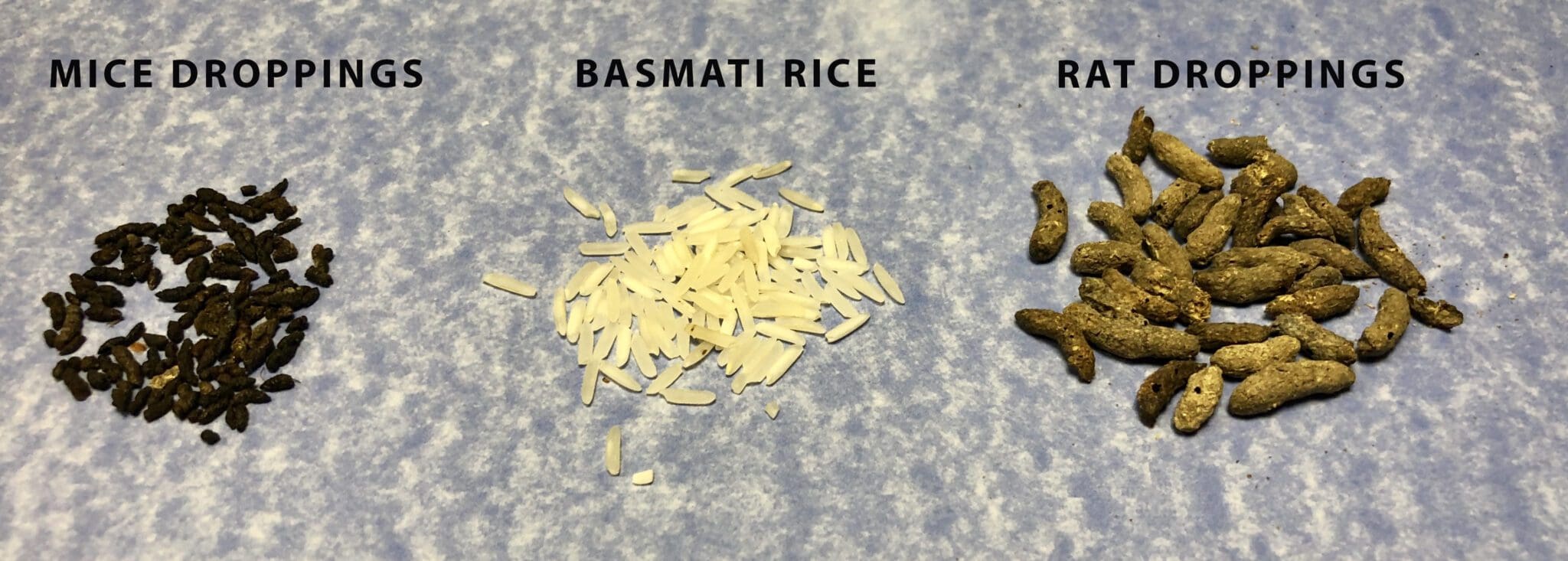 The first step to addressing this issue is to thoroughly clean and disinfect the kitchen sink and surrounding area. Wear gloves and a mask to avoid any potential contact with the droppings. It is also important to seal any cracks or holes in the walls or floors to prevent rodents from entering. If the problem persists, it is best to seek professional help from a pest control company to fully eradicate any infestation and prevent future occurrences.
In conclusion,
mouse droppings
in the kitchen sink should not be ignored and should be addressed immediately to ensure a safe and hygienic kitchen. Regular maintenance and proper sanitation practices are essential in preventing and controlling rodent infestations. By taking these steps, you can maintain a clean and healthy kitchen for you and your family to enjoy.
The first step to addressing this issue is to thoroughly clean and disinfect the kitchen sink and surrounding area. Wear gloves and a mask to avoid any potential contact with the droppings. It is also important to seal any cracks or holes in the walls or floors to prevent rodents from entering. If the problem persists, it is best to seek professional help from a pest control company to fully eradicate any infestation and prevent future occurrences.
In conclusion,
mouse droppings
in the kitchen sink should not be ignored and should be addressed immediately to ensure a safe and hygienic kitchen. Regular maintenance and proper sanitation practices are essential in preventing and controlling rodent infestations. By taking these steps, you can maintain a clean and healthy kitchen for you and your family to enjoy.

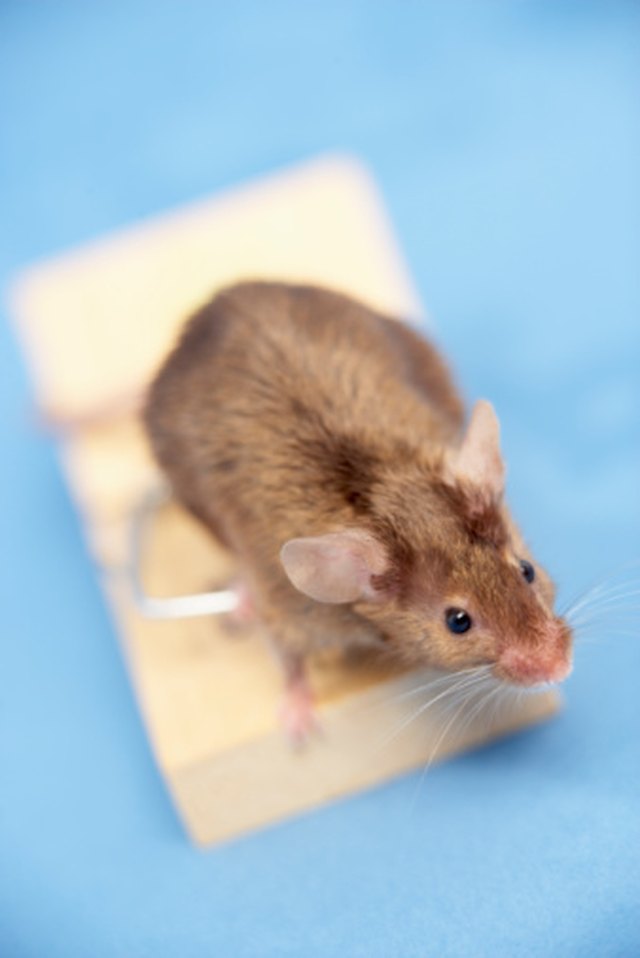



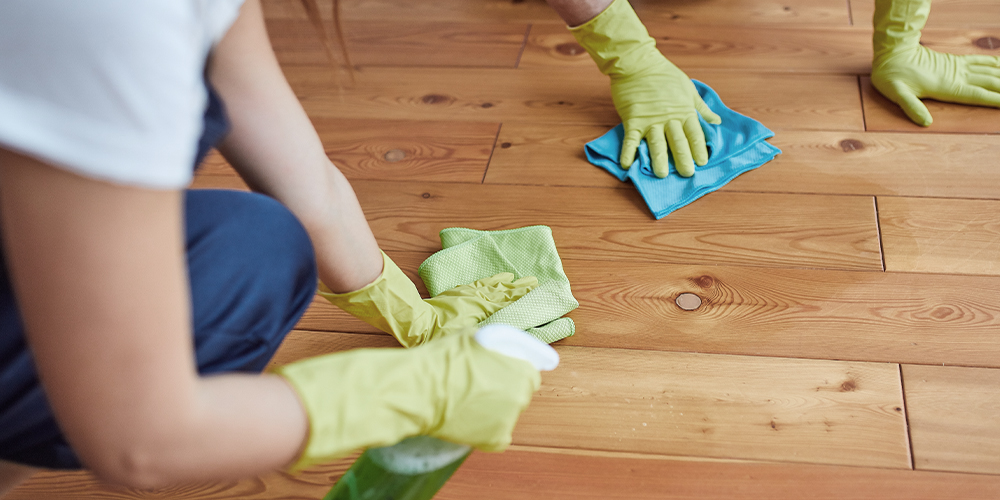
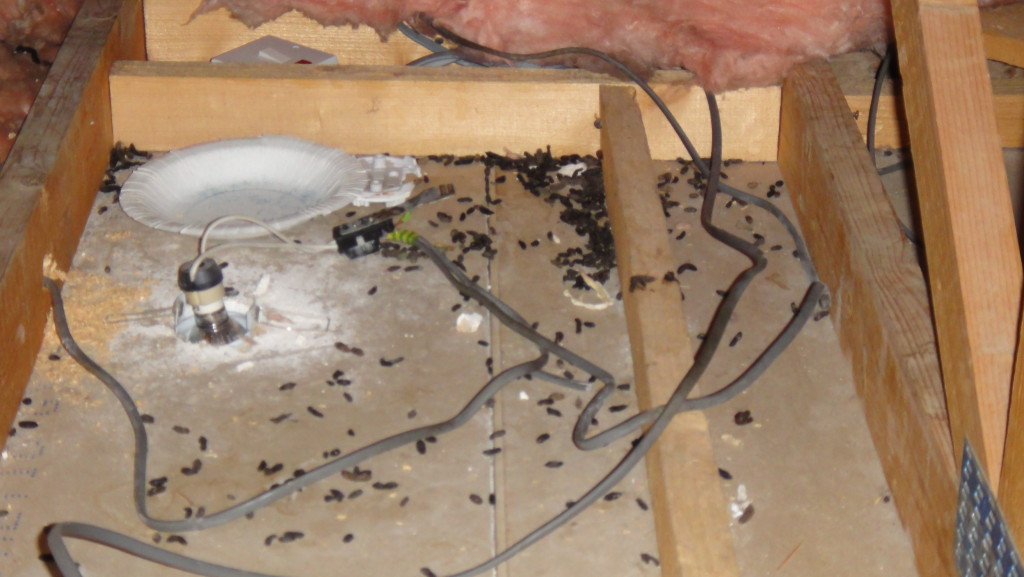
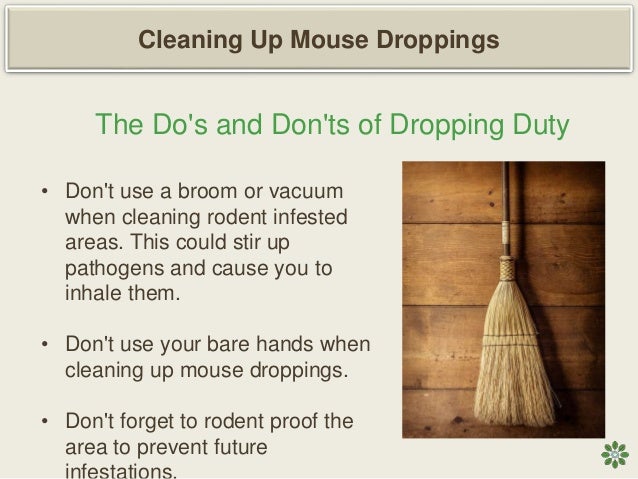
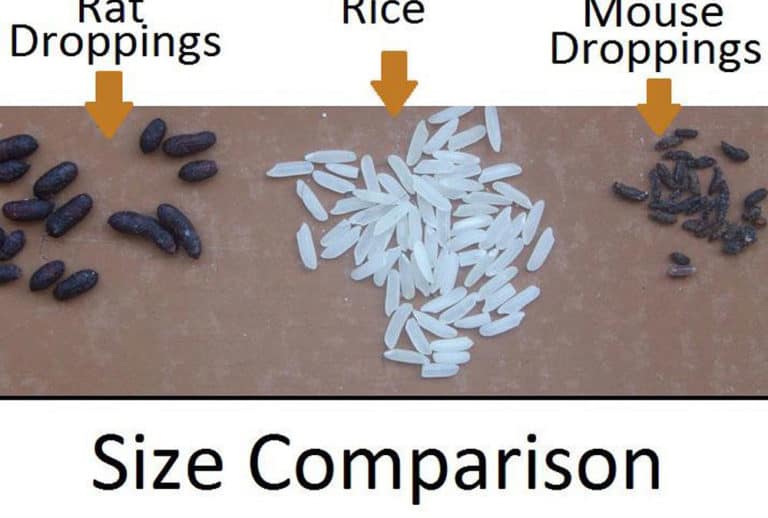
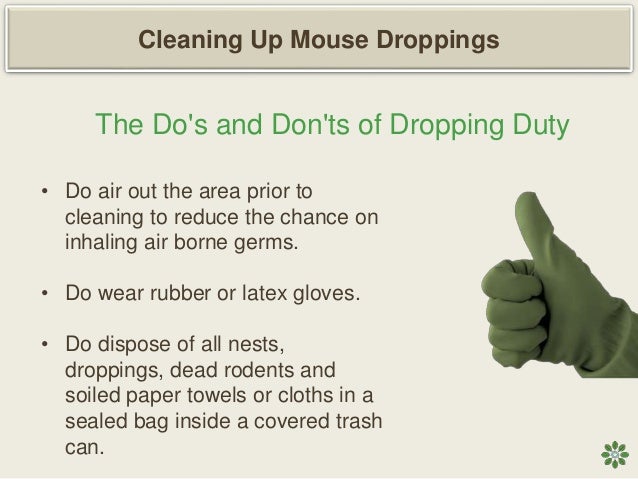



:max_bytes(150000):strip_icc()/common-signs-of-mice-or-rats-2656479-c9c89f18608a419598b7e379c2e1baf6.png)


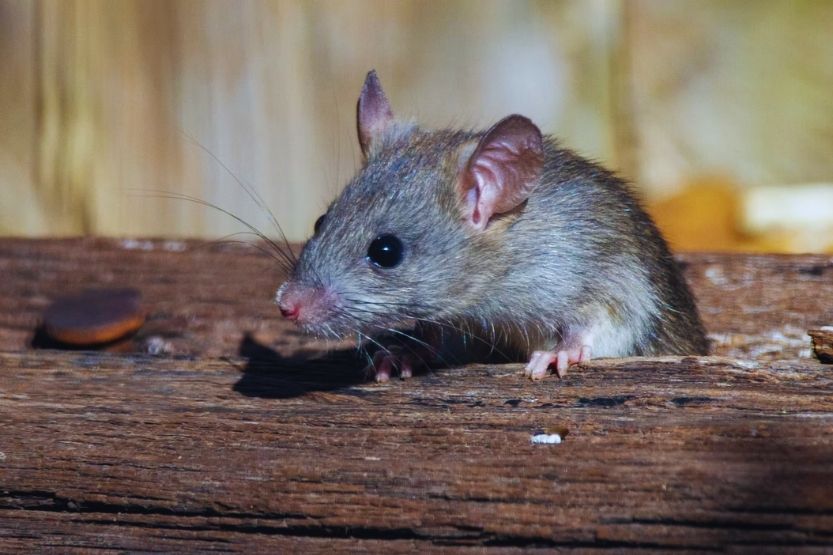
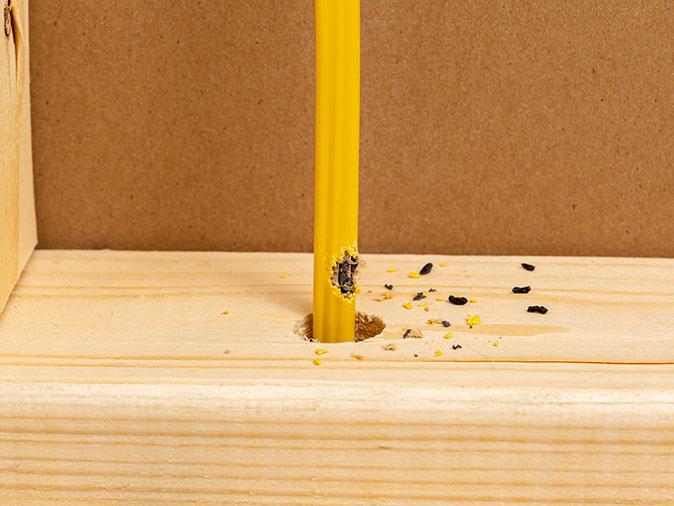




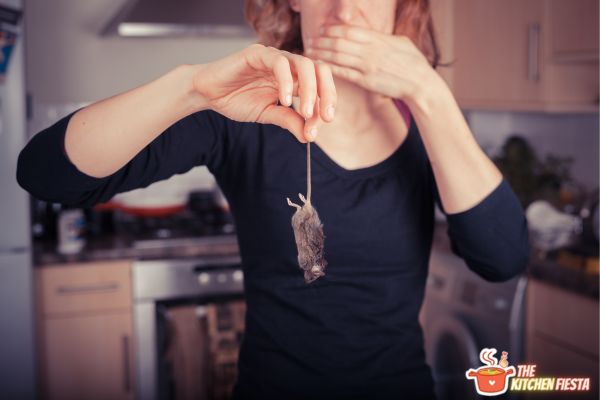



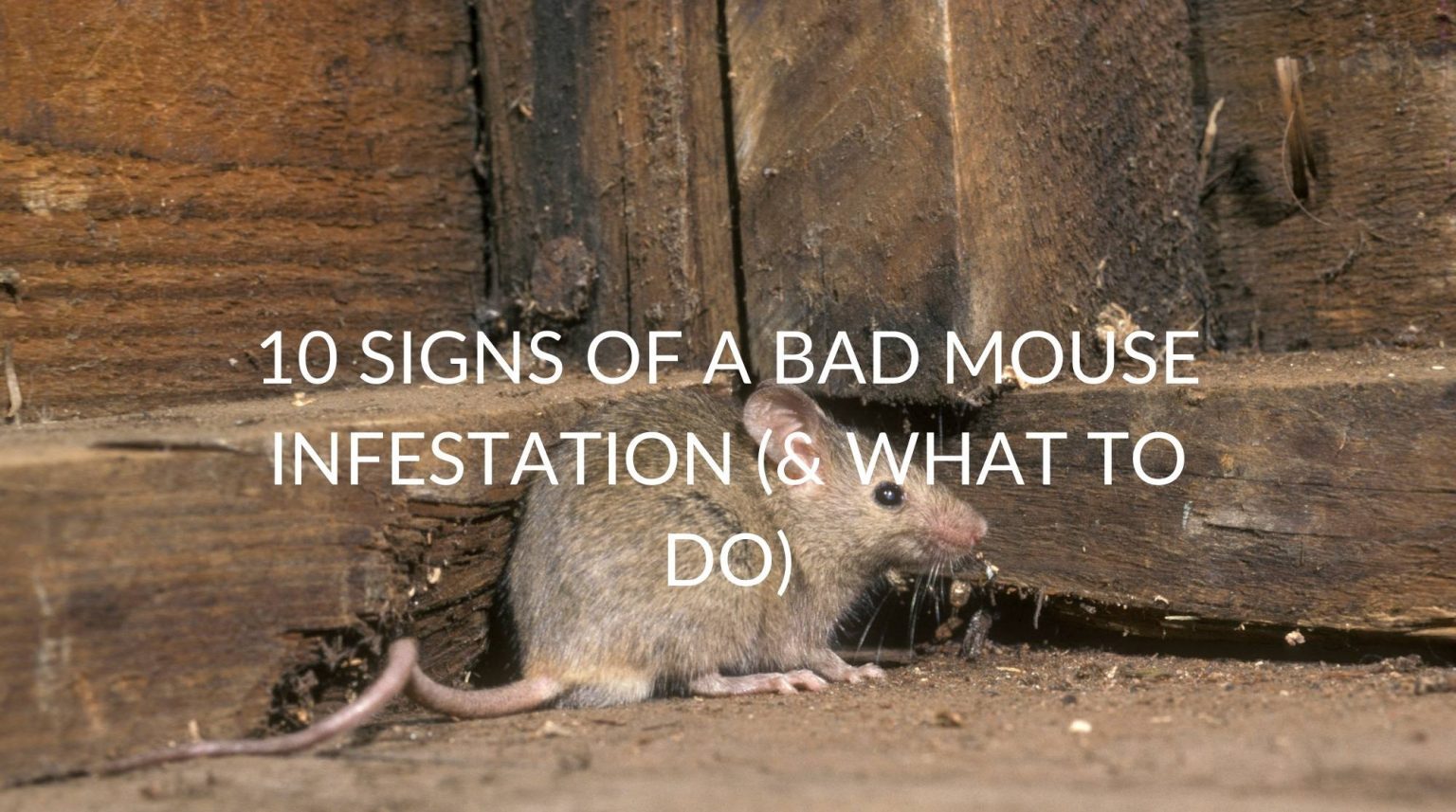
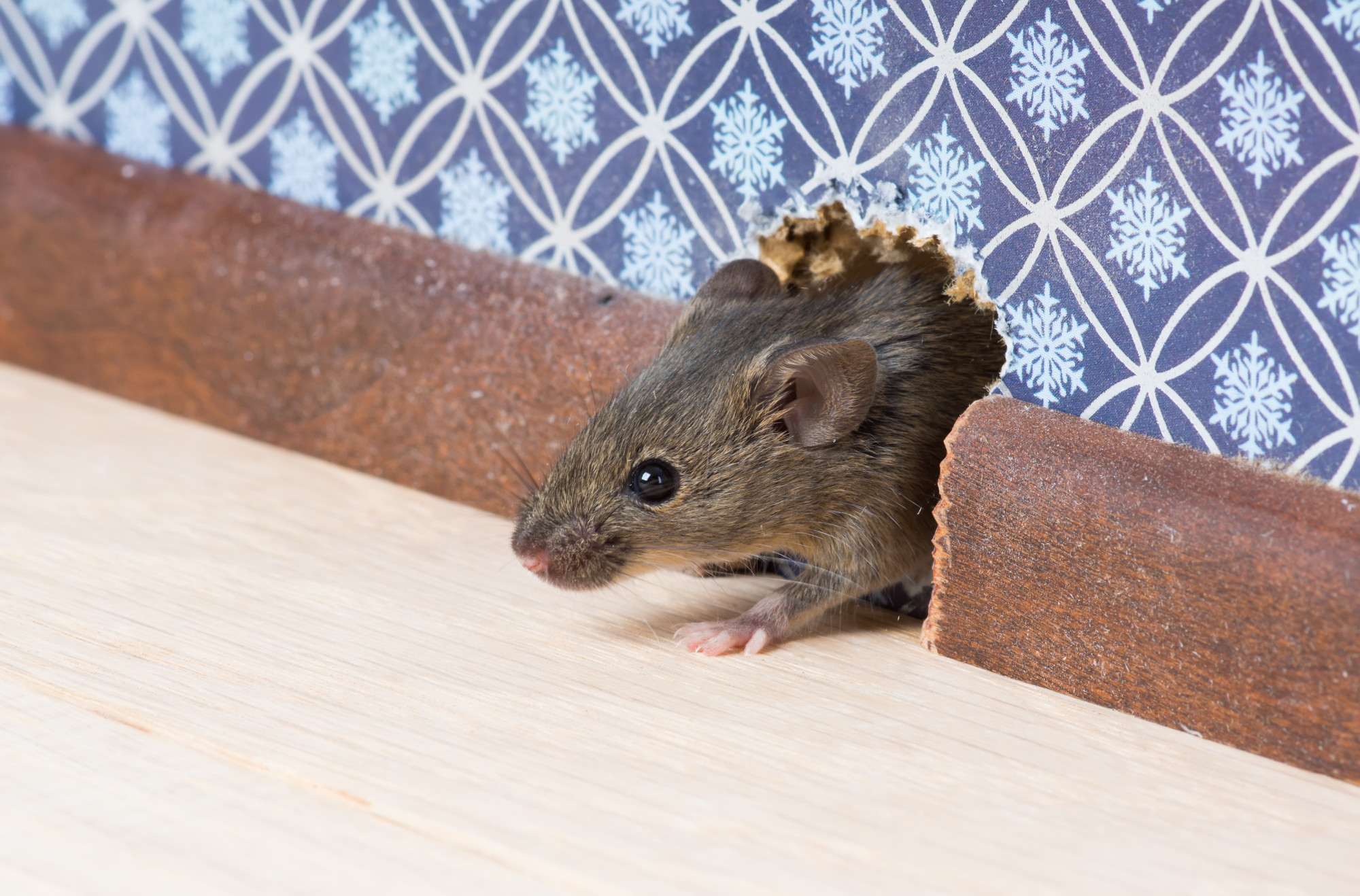

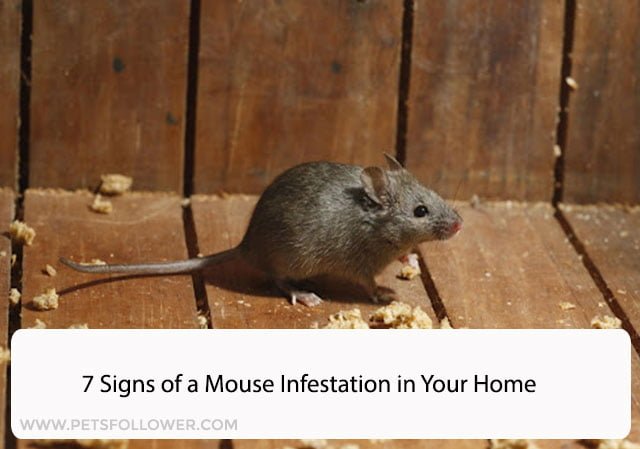
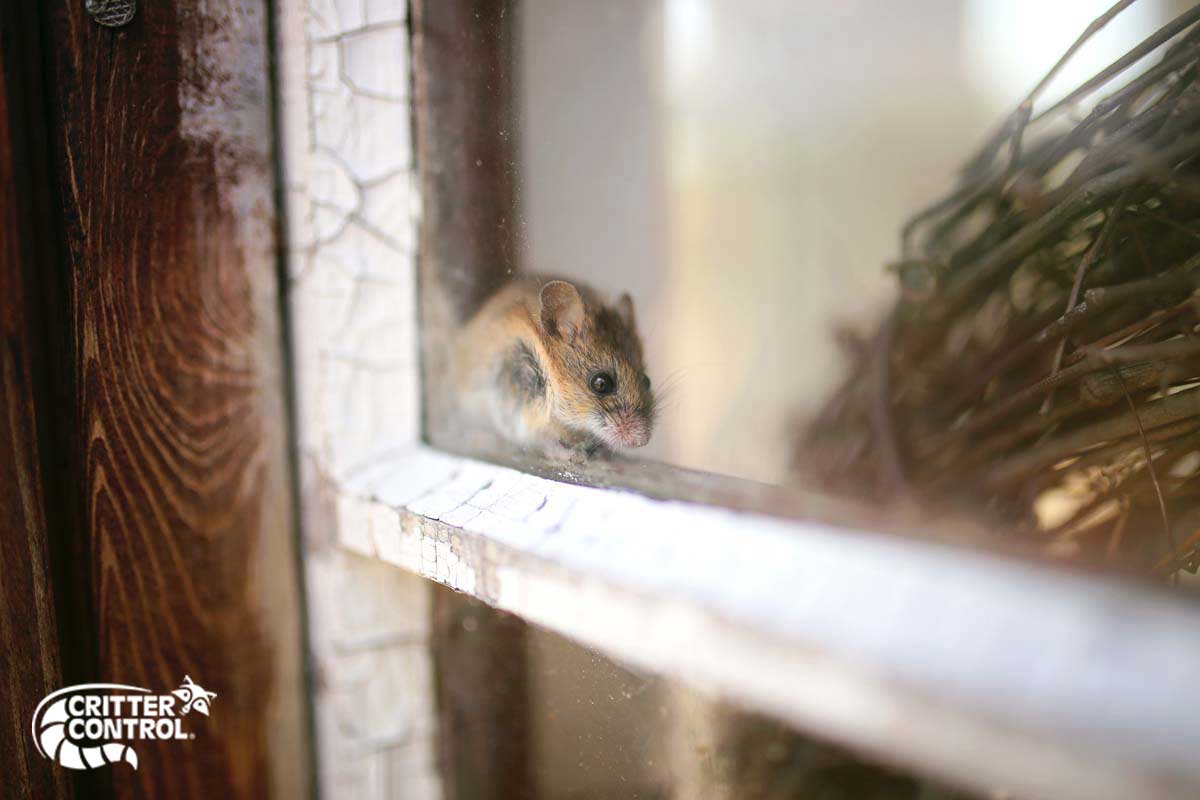

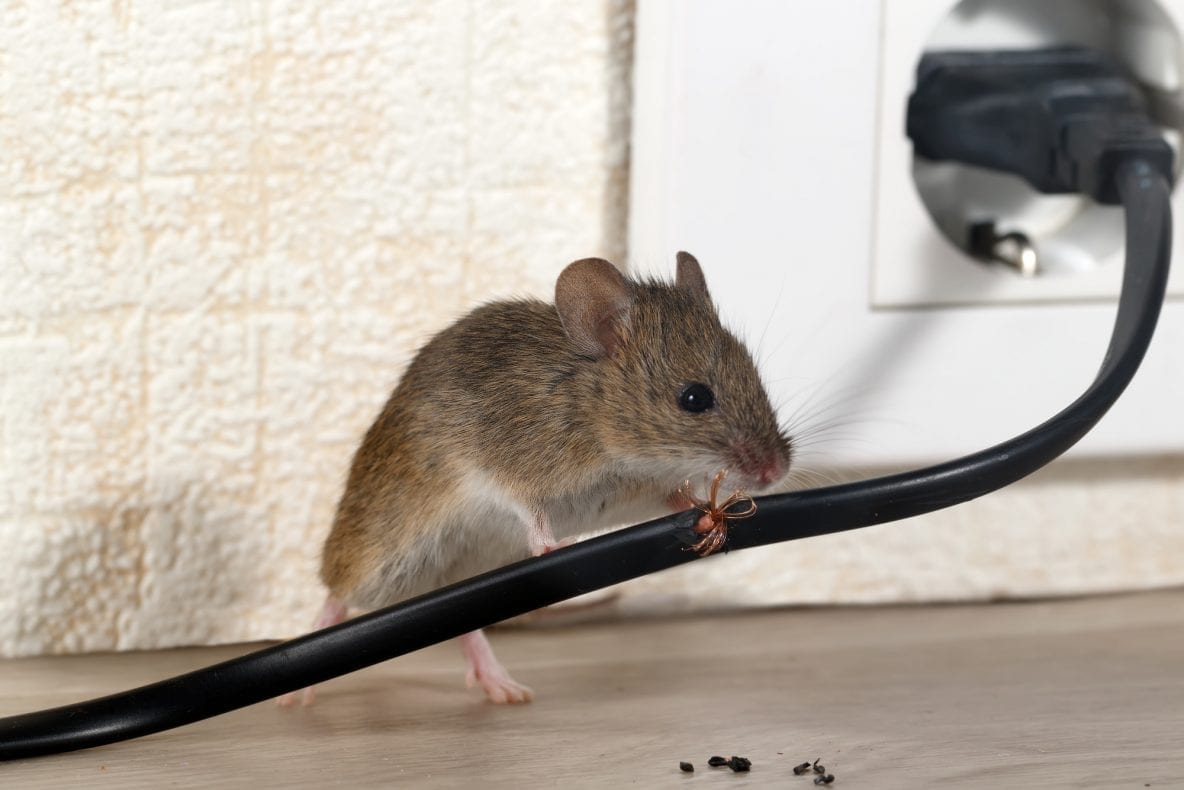
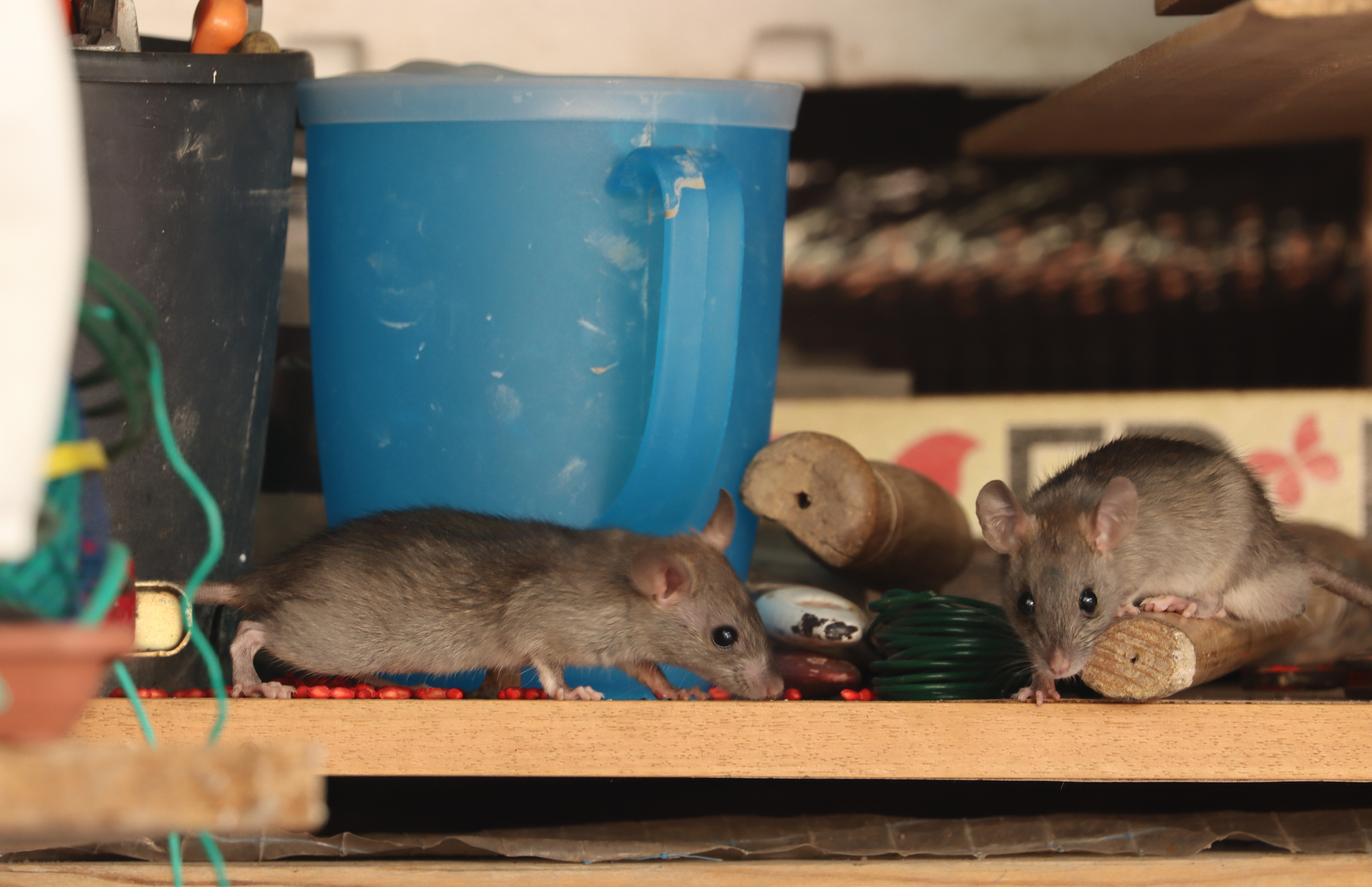
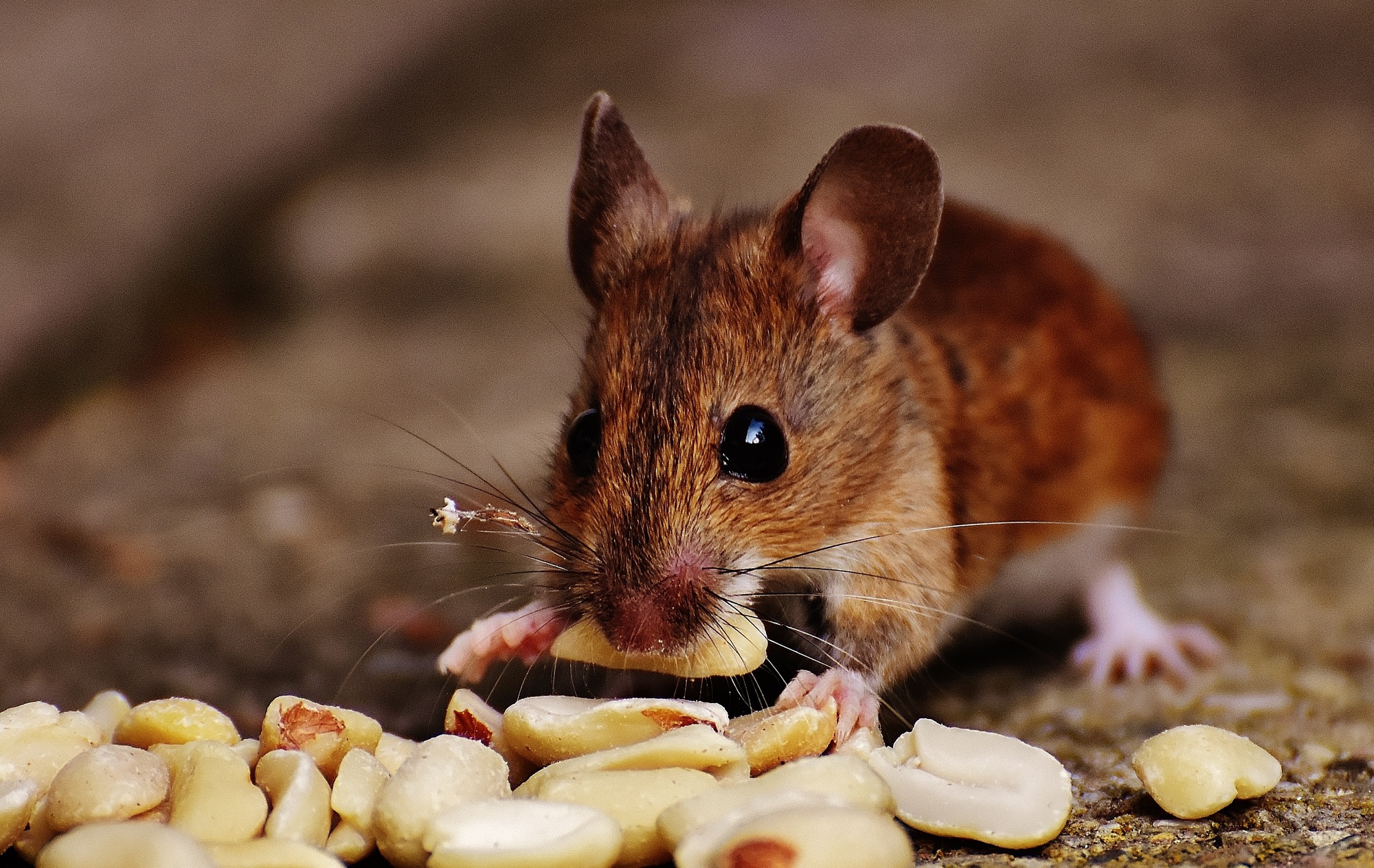





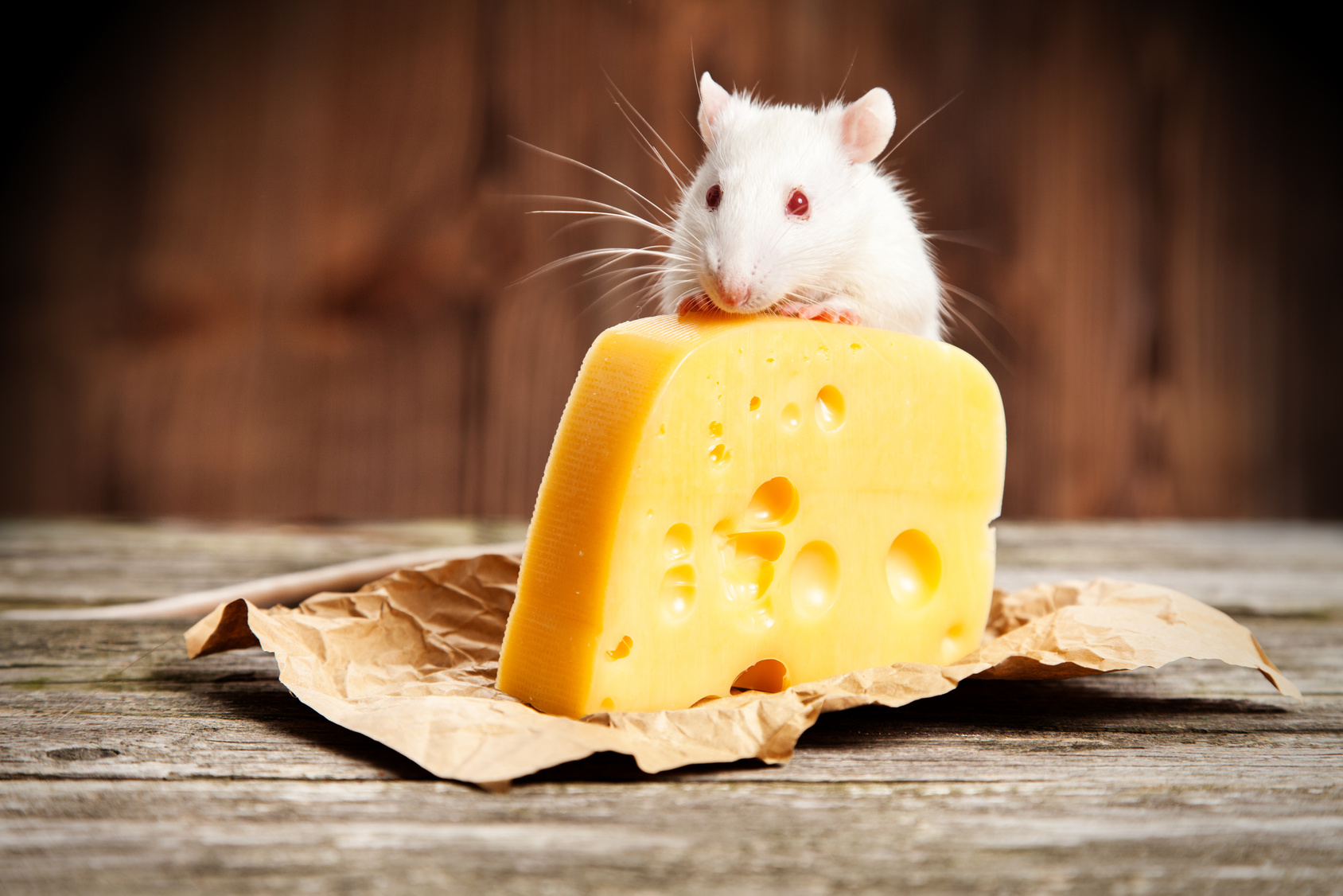

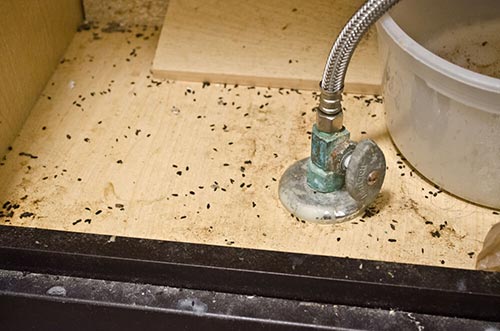








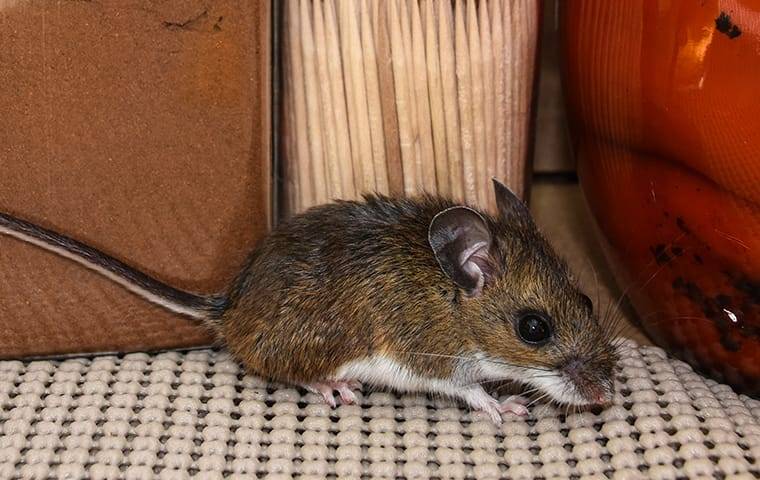



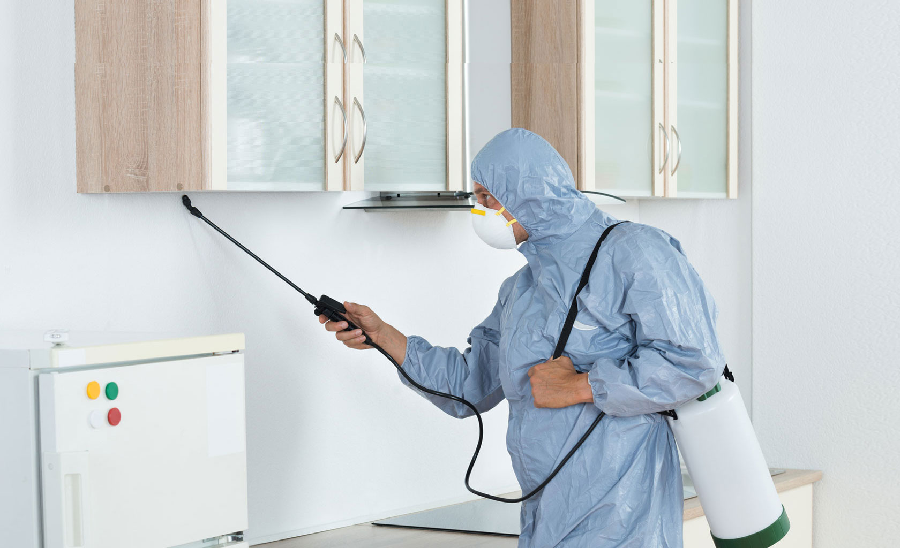









:max_bytes(150000):strip_icc()/questions-and-answers-about-mice-2656489-05-5c114441b5a24532a3c43f43d729d85b.jpeg)

